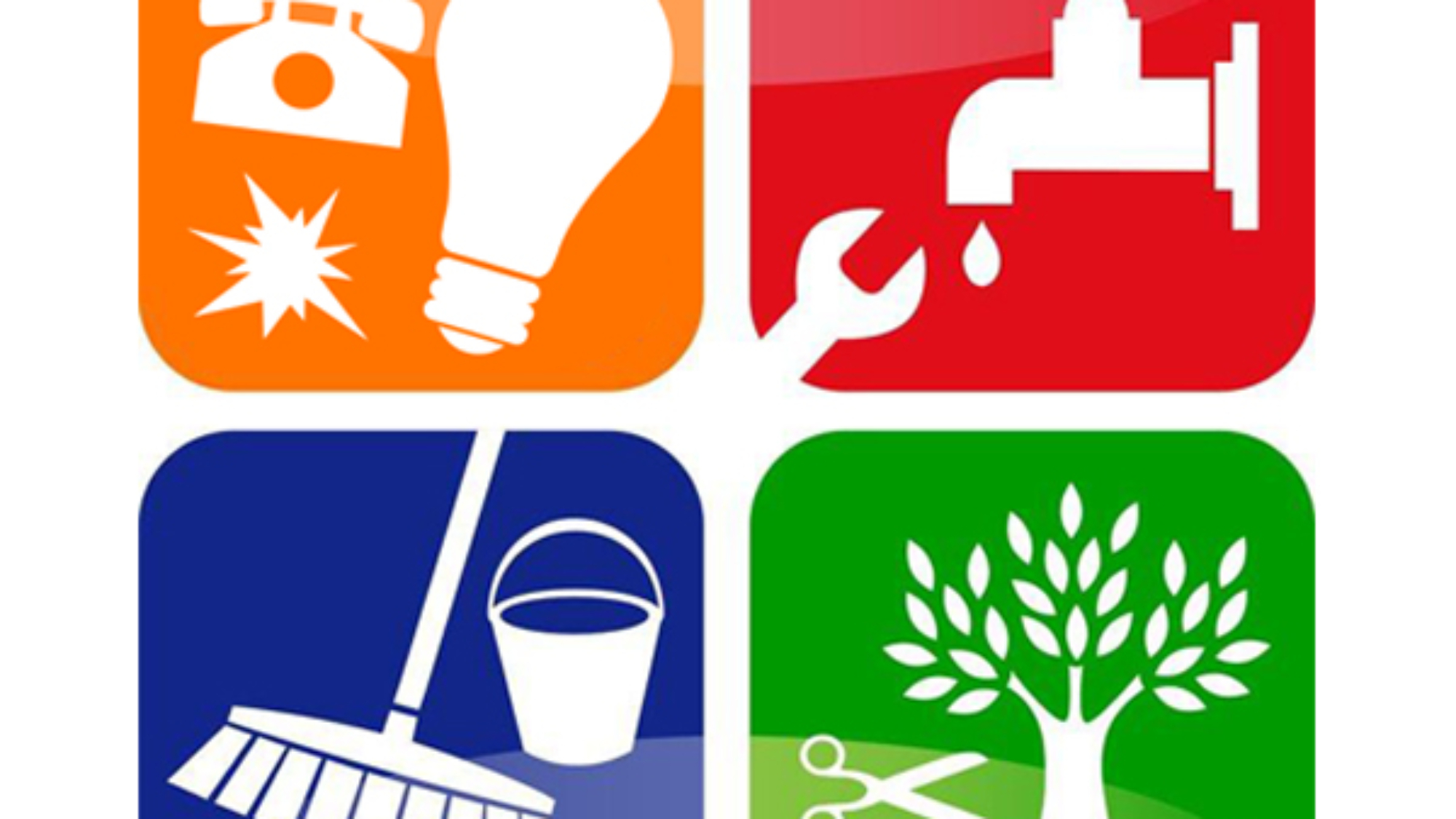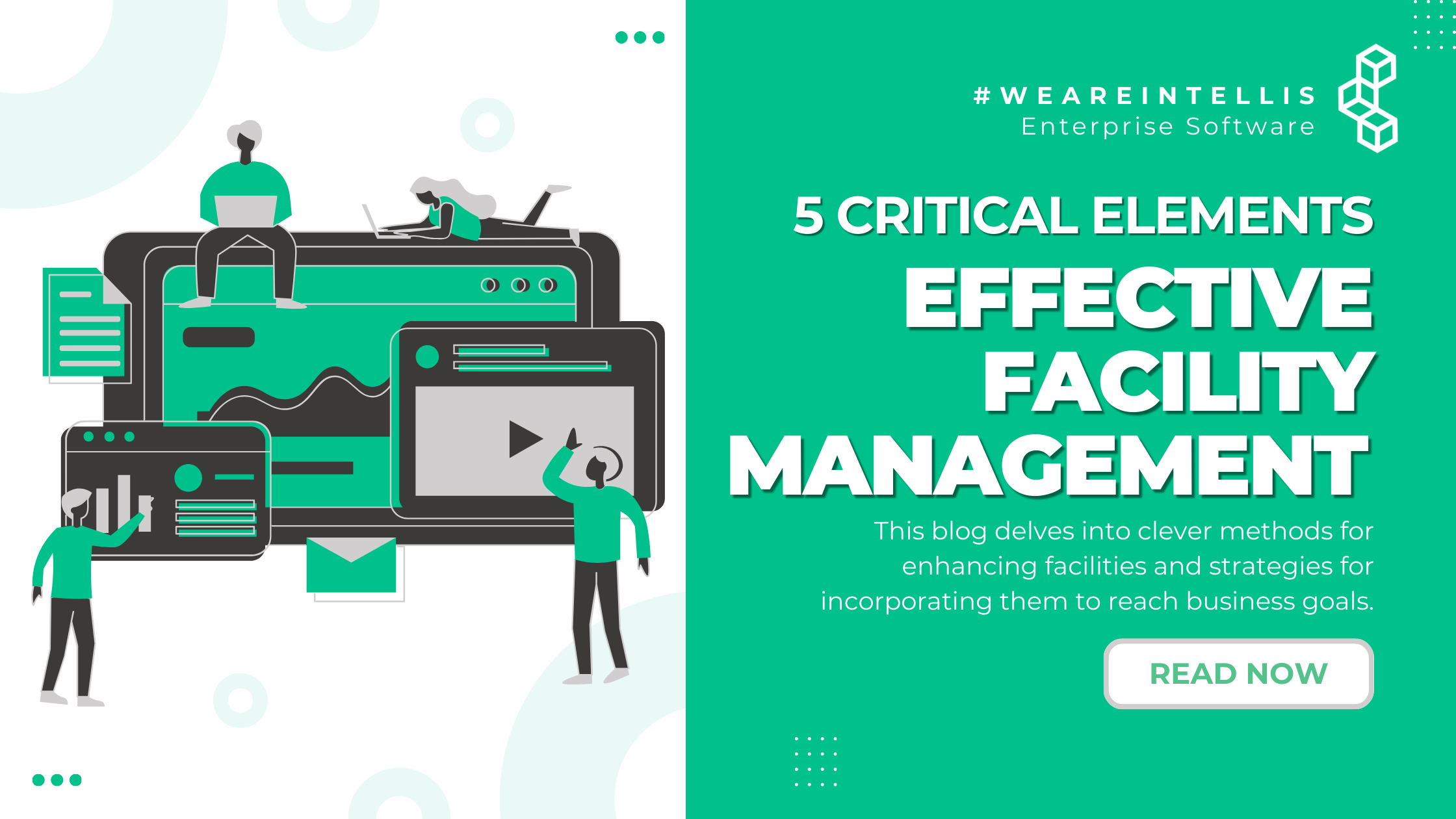Trick Patterns Shaping the Future of Center Management in 2024
As we expect 2024, the landscape of facility management is positioned for significant makeover, driven by several vital patterns. The assimilation of wise structure innovations and a shift towards data-driven decision-making promise to improve functional effectiveness while focusing on sustainability in method. In addition, the development of crossbreed work versions is reshaping office settings, necessitating cutting-edge design options that satisfy developing staff member needs. Amid these modifications, the concentrate on occupant wellness proceeds to obtain traction, highlighting the relevance of a healthy and balanced work environment. How these fads will show up in technique stays a vital inquiry for industry specialists.
Smart Structure Technologies

Smart structure innovations encompass a vast variety of systems, including smart illumination, heating and cooling controls, and security systems. By incorporating these systems, facility managers can keep an eye on and adjust criteria in real-time, causing significant decreases in energy waste and functional expenses. As an example, wise sensing units can identify occupancy levels and change lighting and temperature appropriately, making sure that energy is just made use of when necessary.
Furthermore, these technologies assist in enhanced information collection, allowing companies to track usage patterns and determine possibilities for further improvements. The execution of smart structure technologies not only adds to sustainability objectives however additionally creates healthier workplace that can increase staff member productivity and satisfaction.
As we move right into 2024, the fostering of smart structure modern technologies will likely accelerate, showing a wider shift towards even more smart, responsive, and sustainable center management methods.
Data-Driven Choice Making
Increasingly, organizations are leveraging data-driven decision making to boost facility administration techniques. By harnessing data analytics, facility managers can obtain workable understandings that significantly improve operational effectiveness and source allotment. The assimilation of sophisticated modern technologies, such as IoT sensing units and real-time surveillance systems, enables the collection of vast amounts of data on building performance, occupancy rates, and energy consumption.
This riches of info enables facility managers to identify trends, forecast upkeep demands, and proactively address issues prior to they rise. For example, anticipating analytics can forecast equipment failures, reducing downtime and repair work costs. Additionally, information visualization devices promote far better communication amongst stakeholders, making certain that educated decisions are made collaboratively.
Additionally, data-driven approaches enhance critical preparation by allowing facility managers to analyze the performance of present practices and make informed selections concerning investments in innovation or infrastructure. As companies progressively focus on operational quality, data-driven decision making is positioned to become a foundation of effective facility administration methods in 2024 and past. Inevitably, the capability to leverage information successfully will empower companies to produce much more effective, effective, and durable centers.
Sustainability and Eco-friendly Practices
The emphasis on data-driven choice making naturally lines up with the growing concentrate on sustainability and green techniques within facility monitoring. As organizations significantly prioritize ecological obligation, center managers are leveraging analytics to maximize resource use, reduce waste, and decrease carbon impacts. This calculated strategy makes it possible for the combination of energy-efficient systems, such as LED lighting, clever heating and cooling controls, and eco-friendly energy resources into facility procedures.
Furthermore, the execution of sustainable methods expands beyond energy intake. Facility managers are promoting and taking on eco-friendly materials reusing efforts to develop a round economy within their centers. This not only boosts the environmental profile of the company yet additionally cultivates a culture of sustainability among workers.
Conformity with ecological regulations is another important facet driving the adoption of green methods. By using data analytics, center supervisors can monitor compliance metrics and identify areas for improvement, ensuring adherence to local and worldwide sustainability criteria.
Crossbreed Job Versions
A considerable change in the direction of crossbreed job versions is reshaping the landscape of center management in 2024. This paradigm combines remote and investigate this site in-office work, necessitating a reevaluation of area use, source allowance, and worker interaction strategies. Organizations are significantly recognizing the importance of versatile workspaces that accommodate varied needs and choices.
Facility supervisors should adjust by implementing functional workplace styles that sustain collaborative initiatives while providing areas for focused work. This includes the combination of modern technology to help with smooth communication and partnership amongst remote and in-office workers. Smart structure solutions, furnished with analytics and sensors, permit real-time monitoring of space use, making it possible for organizations to maximize their settings efficiently.
Additionally, crossbreed work versions stress the demand for reliable facility management that prioritizes worker experience. This incorporates not just innovation and room layout but also the development of policies that advertise a balanced work-life dynamic. As business browse this change, the duty of center administration becomes pivotal in creating a nimble work environment that promotes efficiency and drives organizational success. Fundamentally, the crossbreed job version is changing center monitoring, encouraging a positive strategy to fulfill the evolving demands of the labor force.
Enhanced Occupant Wellness
As companies accept hybrid work models, a heightened emphasis on owner wellness is ending up being essential to facility monitoring strategies. Facility Management. This shift identifies that a healthy and balanced and pleased labor force directly affects productivity and retention rates. Facility supervisors are now prioritizing settings that advertise mental and physical well-being, incorporating aspects such as natural illumination, biophilic style, and easily accessible wellness sources

Innovation plays a vital these details duty in this evolution. Smart building systems can keep track of environmental elements and adjust setups in real-time, making sure optimal comfort levels - Facility Management. Moreover, responses mechanisms, such as occupancy sensing units and worker surveys, enable center managers to consistently refine wellness efforts based upon owner needs.

Final Thought
In 2024, the future of center monitoring will certainly be dramatically affected by the integration of clever structure innovations and data-driven decision-making, fostering boosted functional effectiveness. These trends collectively highlight the evolving landscape of facility management in response to modern obstacles and possibilities.
Center supervisors are taking on environment-friendly products and advertising recycling campaigns to produce a circular economic situation within more tips here their facilities.A substantial shift in the direction of crossbreed work versions is improving the landscape of center management in 2024.Furthermore, crossbreed work designs highlight the demand for reliable center monitoring that focuses on employee experience.As companies accept hybrid job designs, a heightened emphasis on occupant health is ending up being integral to facility management methods.In 2024, the future of facility management will be substantially influenced by the assimilation of smart structure technologies and data-driven decision-making, cultivating enhanced functional effectiveness.